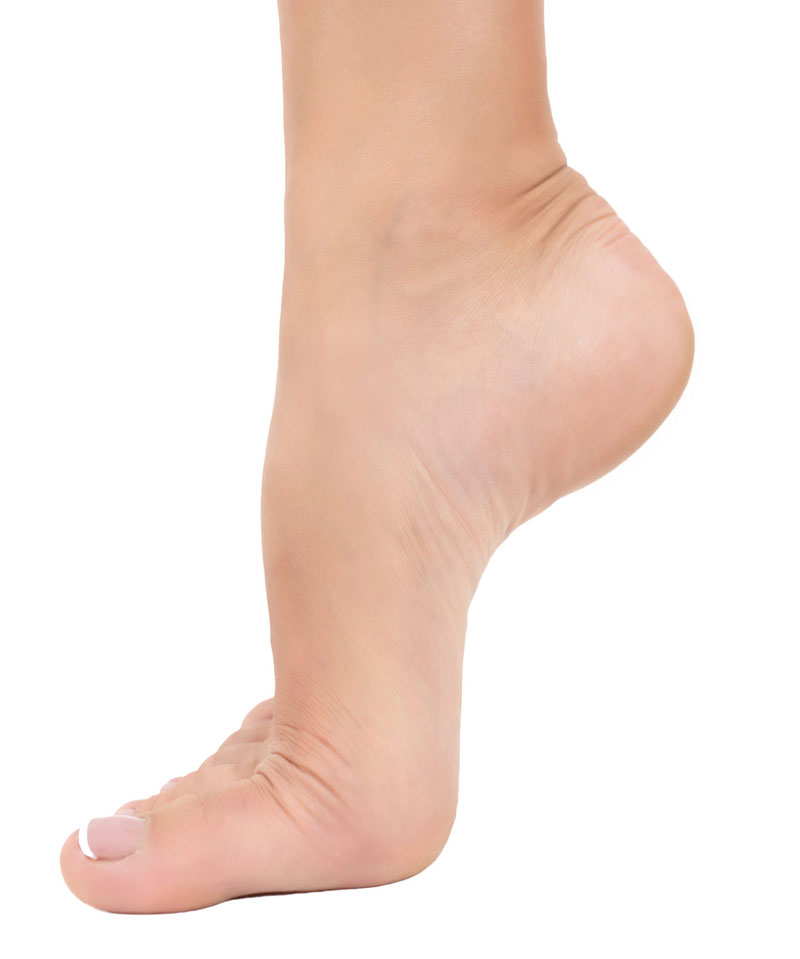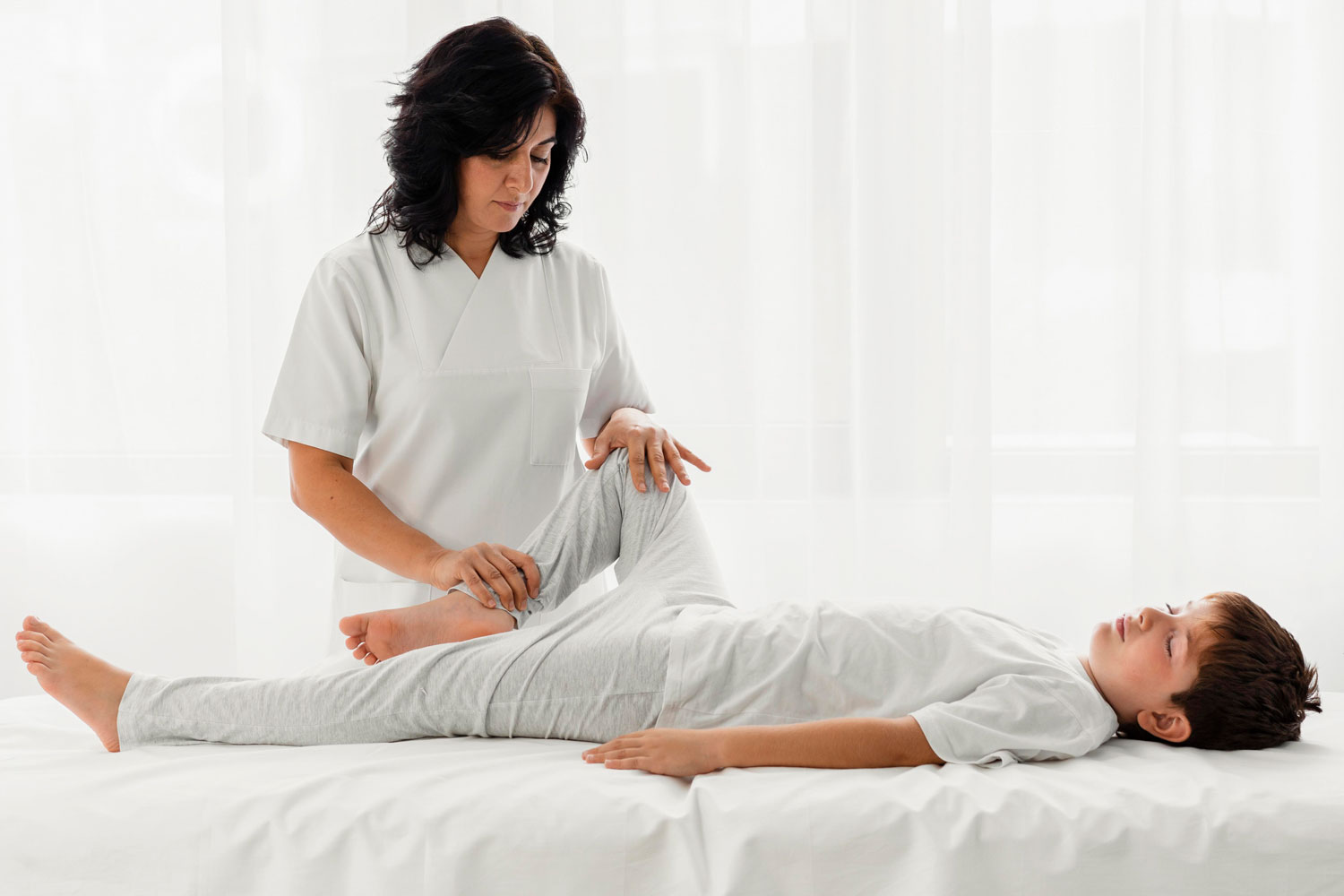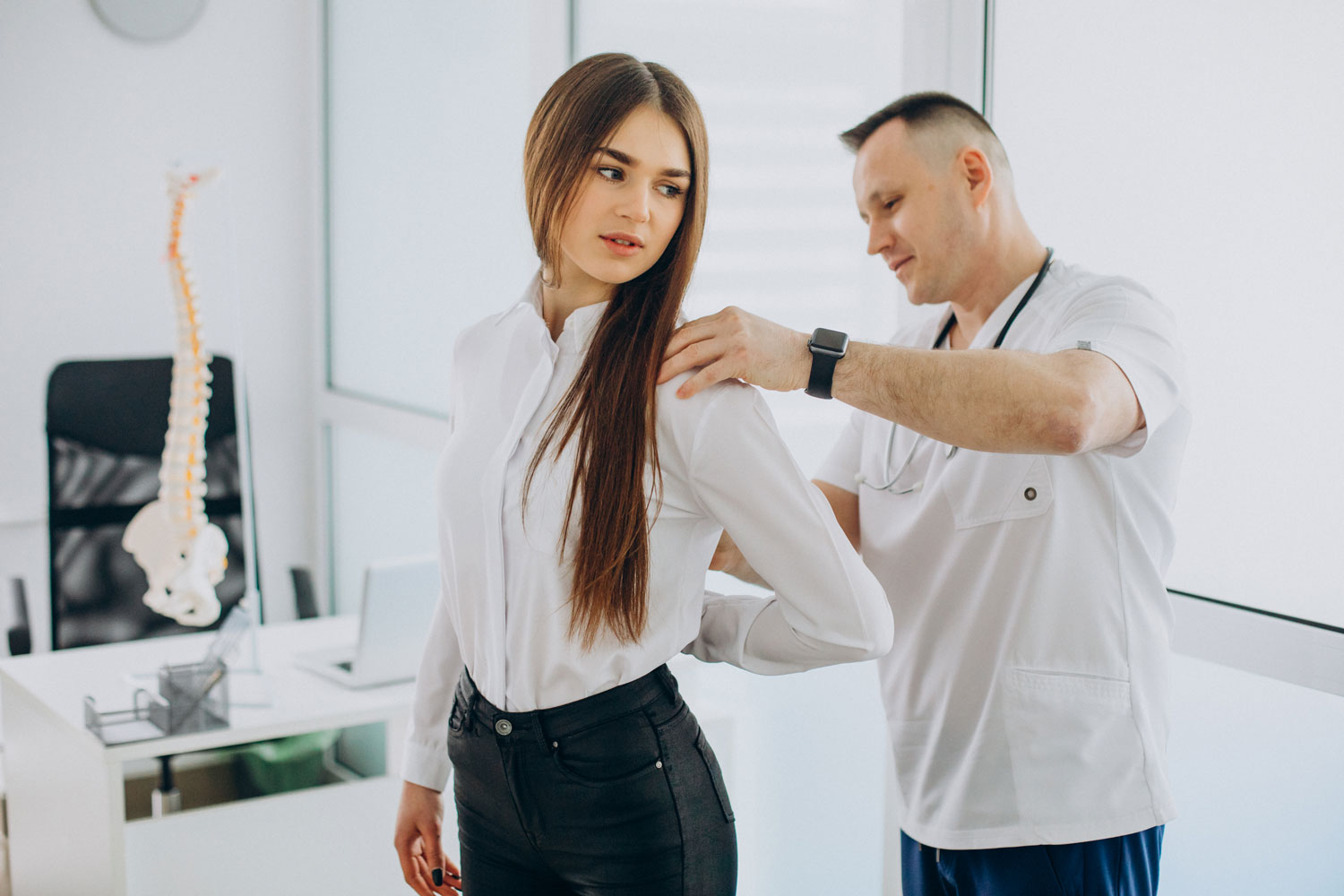The height of the arch of the foot varies from person to person. When this height exceeds usual, you will face a problem called the sole (high arched feet). If we talk about general, the inner edge of your foot is raised in the middle of the sole to give the foot an arched shape.
The Appearance of the High-Arched Feet
When a person with plantar fasciitis stands, the middle of the foot appears higher than usual above the ground. The foot’s heel may be drawn inward, and the toes may be extended inward. Some people with plantar fasciitis have twisted toes that are called claw toes.
Although the most obvious thing about the sole is usually the presence of a high arch, this apparent arch is actually due to more fundamental deformities in the foot. On all feet with a dimple problem, the front of the foot is pulled down more than usual, and the upper part around the big toe is usually pulled down the most.
The result is that the tip of the arch is upward as well, as the tip of the foot is outside. This combination creates the appearance of a high angle and ample space under the foot.

Causes of High Arched Feet
In many people, we do not know the cause of the soles of their feet. These people have slight deformities in their feet, and sometimes the appearance of their feet is inherited and is present in their family.
Many medical problems that cause muscle weakness or lack of coordination can cause plantar fasciitis. Examples of these problems include:
- Spina bifida (split spine).
- Muscle malnutrition.
- Issues in which the small nerves in the leg do not work correctly.
It is thought that even when no specific medical complication can be found, the sole is probably due to the slight weakness of the calf and leg muscles.
Sports & Spinal Solutions Clinic
Symptoms and Complications of High Arched Feet
Signs and symptoms of the high arched feet will vary depending on the severity of the arch height, the amount of joint movement in the foot to help reduce the arch, and the person’s level of activity with the sole (depending on the job). Many people with plantar fasciitis have no pain or other symptoms.
Symptoms may range from a mild problem such as a shoe not fitting to a noticeable disability listed below:
- Difficulty finding the right shoes and size; because the shoes are not deep enough due to the large arch and toes of these people.
- The leg length is shortened.
- Pain in the legs when walking, standing, and running.
- Pain and inflammation in the fleshy part of the foot with pain in the front of the foot (usually the first and fifth toes), with or without calluses
- Pain and stiffness in the middle of the arch or anywhere along the middle of the foot
- Morton nerve tumour with pain in the flesh of the sole and more minor in the toes
- Pain in the heel and sole is caused by inflammation of the sole.
- Fractures of the sole and other bones of the foot
- Abnormal pressure may lead to heel chromium sores and the fleshy part of the sole, especially in people with diabetes and those with circulatory problems.
- Stress and diseases that destroy the joints of the lower extremities (osteoarthritis)
- Shocks such as pounding on the back of the heel
- Discomfort related to the inside and near the ankle joint
- Ankle instability with frequent twisting
- Stiffening of the Achilles’ tendons
- The knees, buttocks, and lower back may be the primary source of pain and discomfort.
- Chronic pain in the lower extremities may lead to inactivity and decreased well-being.

Complications of the High Arched Feet
In a small number of people with plantar fasciitis and weak leg muscles, the heel is also pulled down, increasing the arch’s height. The rest of the people, whose Achilles tendons are tight, have their heels pulled up.
This increases the pressure on the wrist and the flesh of the sole. Other people’s heels are neither up nor down. The foot’s heel may also be tilted inward due to the tilt of other foot parts.
At first, the tilted heel is flexible, but the tissues and joints become stiff over time, and the heel tilt may remain constant.
Detection of excessive plantar fasciitis
If your neurologist suspects a neuromuscular or traumatic nerve disease, they may perform the following tests:
- Electromyography
- Spinal MRI
- Neurotransmission studies
- X-ray test (radiological imaging) of the foot
- X-ray test of the spine
How Are High Arch Feet Treated?
We should perform an in-depth examination first to rule out the possibility of any neurological disease that causes a significant depression in the sole. Treatment depends on what is causing the pain and the type of arch of the foot. For example, if the foot’s arch is very flexible, it may not need treatment.
- Wear shoes with an excellent insole and depth to support the foot’s arch and help reduce pain and improve gait.
- Eliminate callus and corns.
- Various pads made of silicone or wool can reduce pressure on painful areas.
- Control your weight and reduce the load on your legs.
- Physiotherapy techniques such as laser therapy for inflammation are associated with this complication.
- Hand (manipulation) treatment of the foot and ankle joint to help increase range of motion.
- Foot orthotics (keep the foot straight) can support pressurized joints and soft tissues.
- Foot orthosis (a type of medical insole for the foot) is made to increase the impact and help redistribute the pressure on the sole. Medical insoles are also used to treat flat feet. Ankle orthoses or physical therapy are also helpful for flat feet.
- Foot orthoses are usually custom-made from semi-rigid or semi-flexible materials to help prevent the foot from turning upwards.
- Excessive arch support may be helpful for mild cases of plantar fasciitis, but they are often not very suitable for severe cases of plantar fasciitis.





